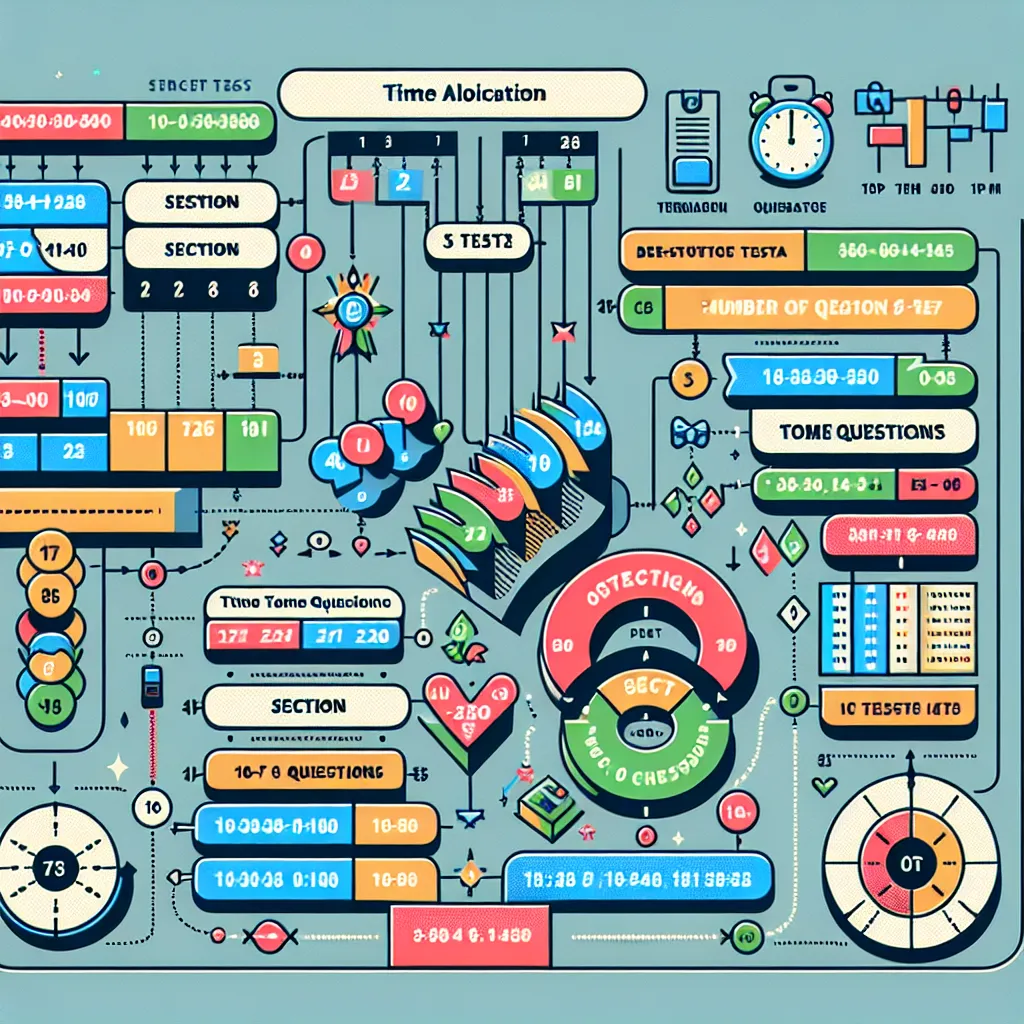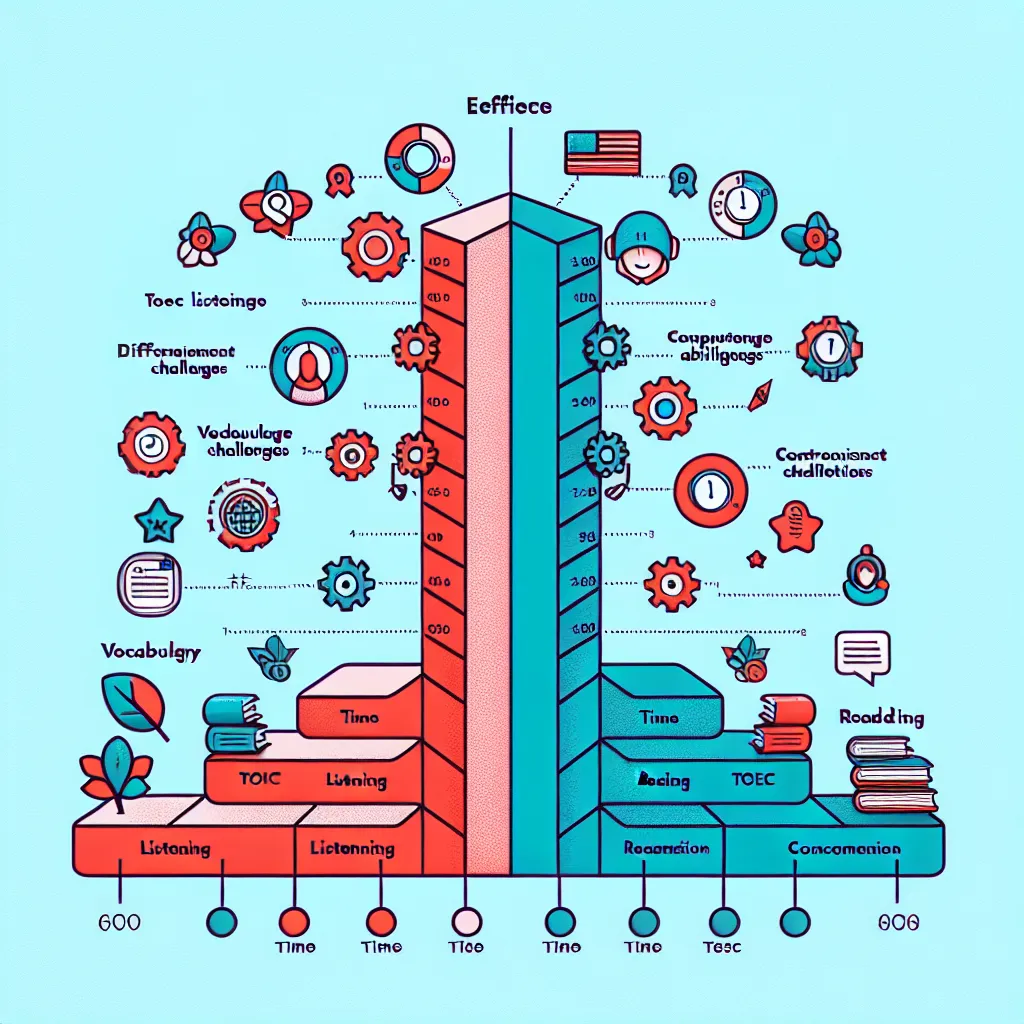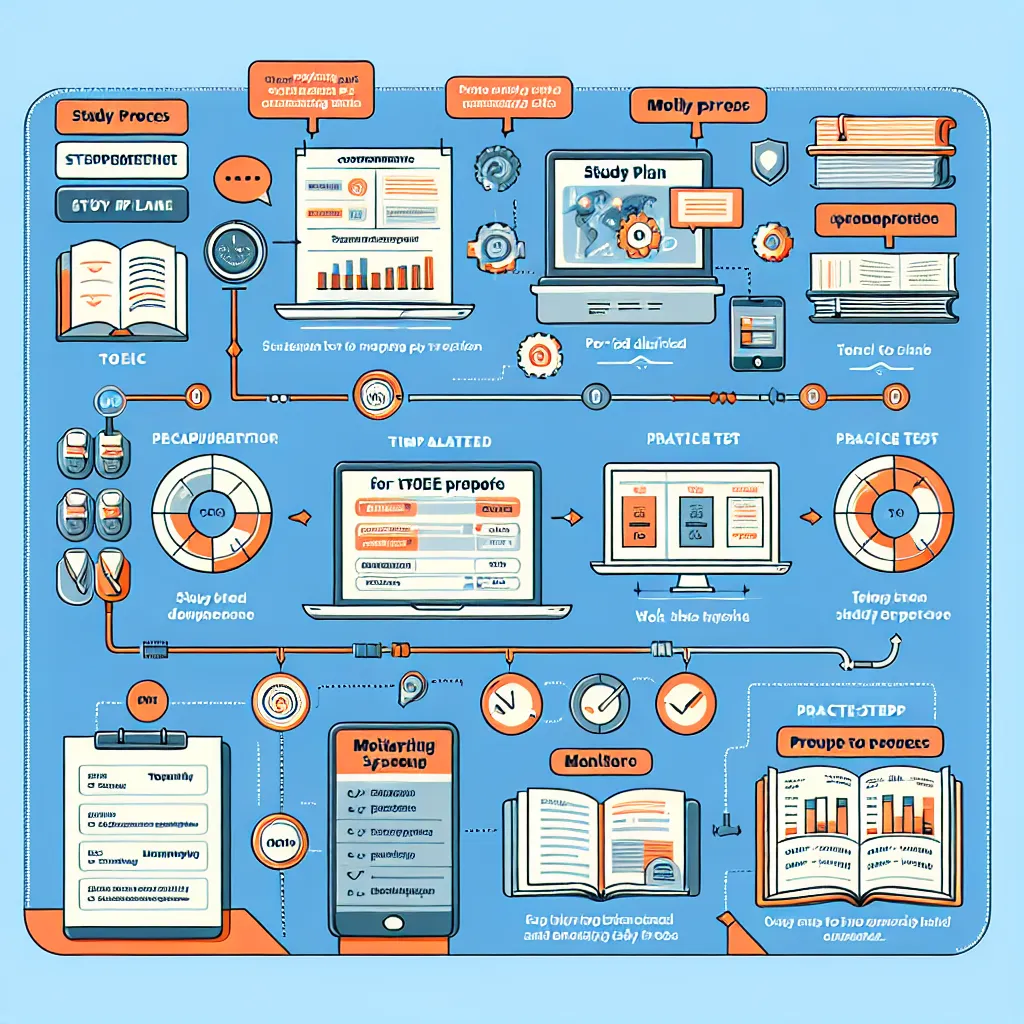Are you preparing for the TOEIC exam and wondering which section might pose the greatest challenge? You’re not alone. Many test-takers find themselves asking, “Which TOEIC Section Is The Hardest?” This comprehensive guide will help you understand the difficulties associated with each section and provide strategies to overcome them.
Understanding the TOEIC Test Structure
Before we dive into the challenges of each section, let’s briefly review the TOEIC test structure:
- Listening Comprehension (45 minutes)
- Reading Comprehension (75 minutes)
Each section has its own unique challenges, and what one person finds difficult may be easier for another. Let’s explore each section in detail.
 TOEIC Test Structure
TOEIC Test Structure
The Listening Section: Challenges and Strategies
Why Some Find It Challenging
The Listening section is often considered the hardest for several reasons:
- Time pressure: With only 45 minutes to answer 100 questions, test-takers must work quickly.
- No repetition: Each audio clip is played only once, requiring intense focus.
- Accent variations: Speakers may have different accents, which can be difficult for non-native English speakers.
- Background noise: Some recordings include background sounds, simulating real-life situations but adding complexity.
Strategies to Improve
To tackle the Listening section effectively:
- Practice active listening with various English accents and in different environments.
- Familiarize yourself with the question types and common topics.
- Improve your note-taking skills to capture key information quickly.
- Expose yourself to diverse English content, such as podcasts and news broadcasts.
The Reading Section: Complexities and Solutions
Why It Can Be Challenging
The Reading section presents its own set of difficulties:
- Time management: With 75 minutes for 100 questions and lengthy passages, time can be a significant constraint.
- Vocabulary: Advanced or technical vocabulary can be a stumbling block for many test-takers.
- Complex sentence structures: Business documents often contain intricate sentence constructions.
- Varied text types: From emails to contracts, the diversity of text types requires adaptability.
Strategies for Success
To excel in the Reading section:
- Develop a strategic approach to time management, allocating specific time for each passage.
- Regularly read business-related materials to expand your vocabulary and familiarity with different text types.
- Practice skimming and scanning techniques to quickly locate relevant information.
- Work on understanding context clues to decipher unfamiliar words or phrases.
Comparative Difficulty: Listening vs. Reading
When comparing the two sections, opinions vary on which is harder. Here’s a breakdown:
Listening Section Challenges
- Requires immediate comprehension and quick thinking.
- No opportunity to review or revisit the audio.
- Tests ability to understand spoken English in various contexts.
Reading Section Challenges
- Demands strong vocabulary and grammar skills.
- Requires efficient time management for longer passages.
- Tests ability to understand written English in business contexts.
 TOEIC Section Comparison
TOEIC Section Comparison
Factors Influencing Difficulty Perception
Several factors can influence which section an individual finds more challenging:
- Native language: Those from languages with similar structures to English may find Reading easier.
- Learning style: Auditory learners might excel in Listening, while visual learners may prefer Reading.
- Exposure to English: Regular exposure to spoken English can make the Listening section less daunting.
- Test-taking experience: Familiarity with the test format can significantly impact performance in both sections.
Preparing for Both Sections Effectively
Regardless of which section you find more challenging, a balanced approach to preparation is key:
- Consistent practice: Dedicate time to both Listening and Reading exercises regularly.
- Simulate test conditions: Practice under timed conditions to improve your pacing.
- Analyze your mistakes: Identify patterns in your errors to focus your study efforts.
- Use authentic materials: Incorporate real-world business English materials into your study routine.
- Seek feedback: Work with a tutor or study group to get insights on your performance.
Conclusion: Embrace the Challenge
While opinions may vary on which TOEIC section is the hardest, the key to success lies in comprehensive preparation and a positive mindset. Remember that difficulty is subjective, and with the right strategies and consistent practice, you can improve your performance in both sections.
Focus on your personal areas of improvement, maintain a balanced study approach, and view each section as an opportunity to showcase your English skills. By doing so, you’ll be well-equipped to tackle the TOEIC exam with confidence, regardless of which section you initially found most challenging.
[internal_links]




